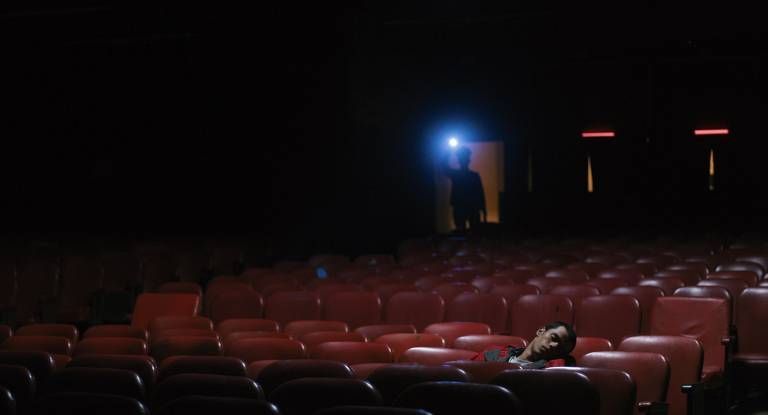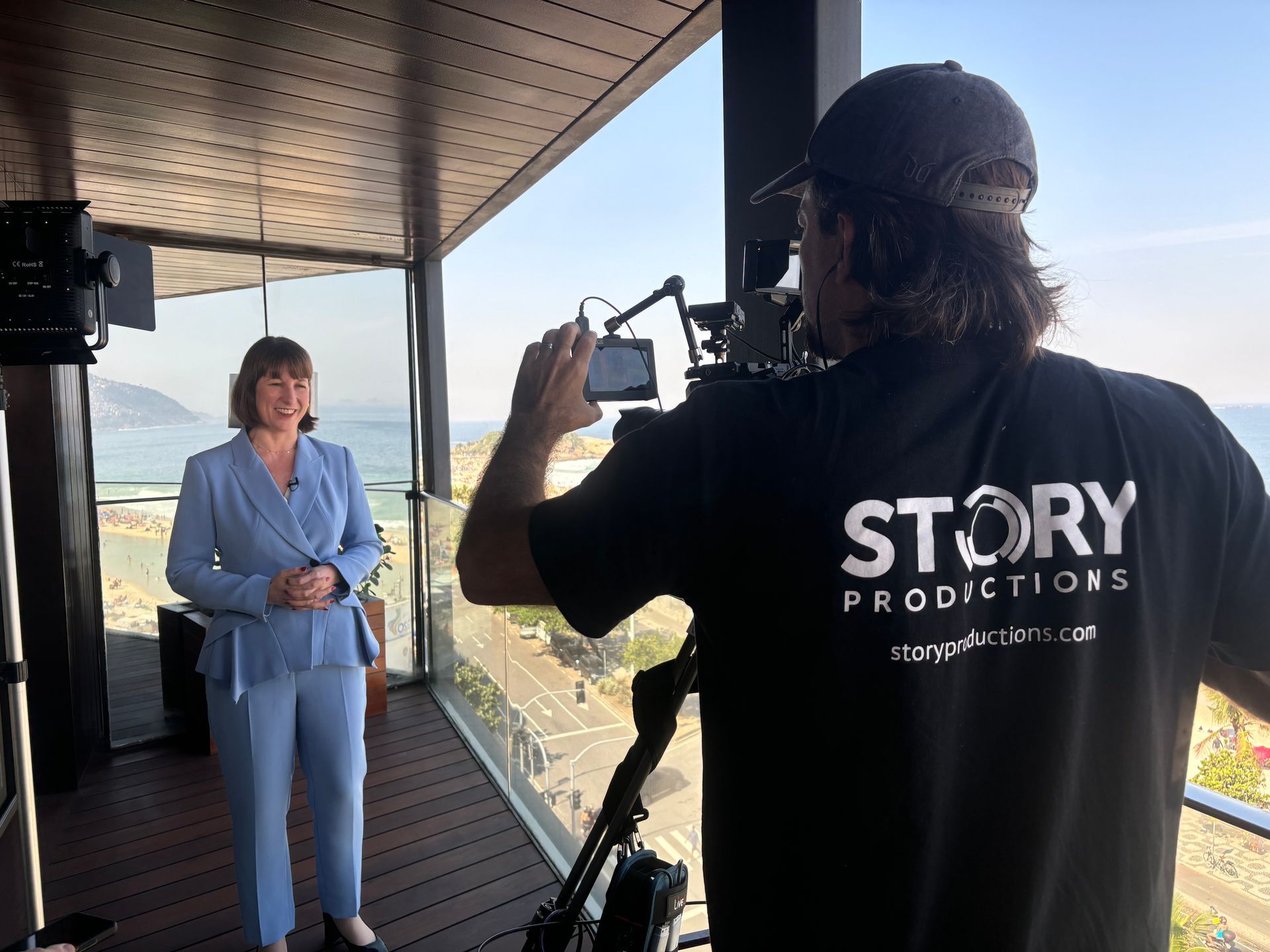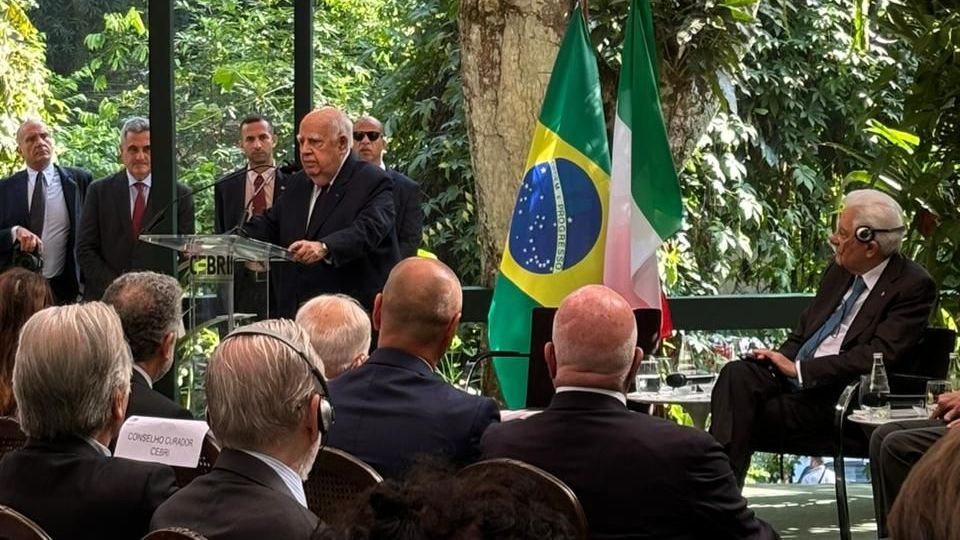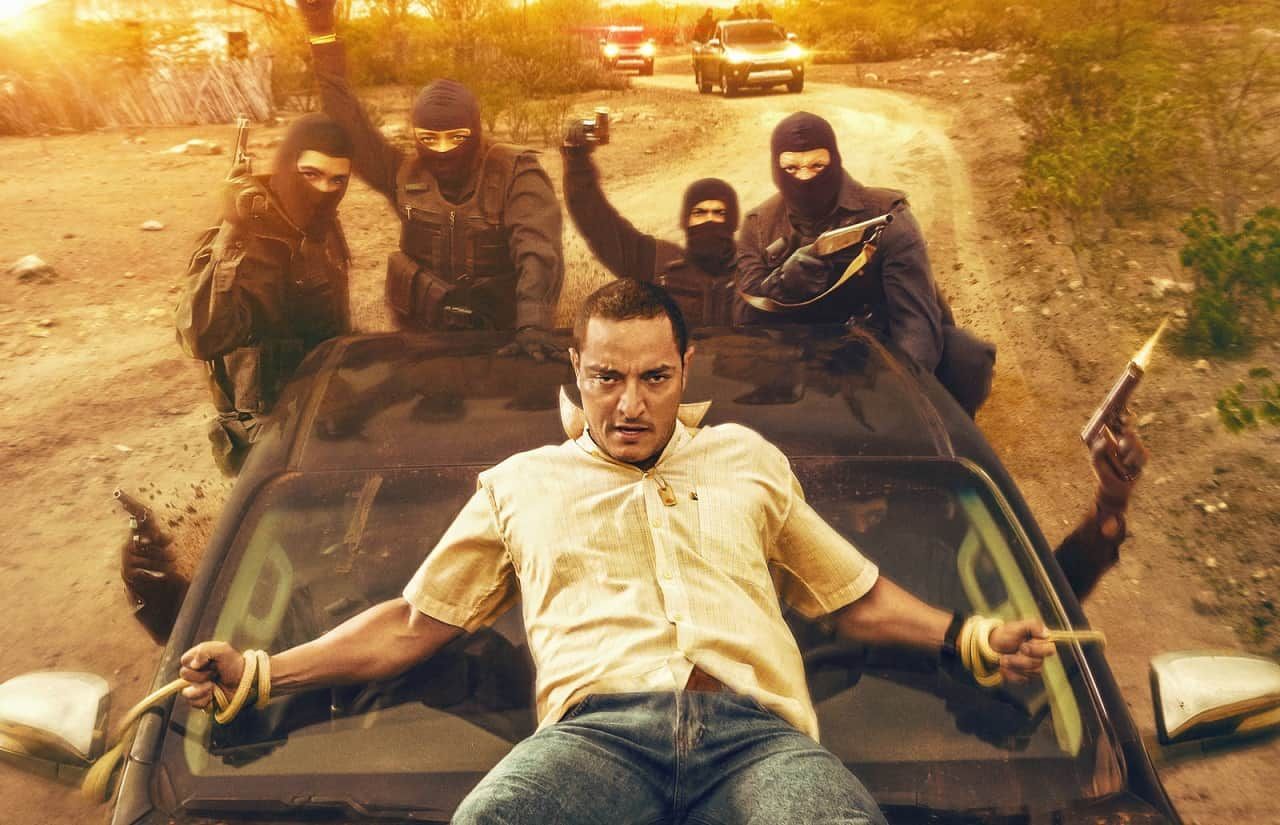Live streaming is a game-changer for production companies
Live streaming technology has come into its own in the past two years, revolutionizing the way people connect and opening up a new world of possibilities for international productions.
Live streaming technology has been around for years. The potential that the technology offers, however, has really flourished in the past two years, as people around the world have adapted to the reality of working, learning, and connecting from home during the Covid-19 pandemic. For Story Productions, live streaming and live transmission were services we offered to clients on occasion, but the technology has become an integral part of the way we work, allowing our clients to film and share live events, symposiums, and corporate training sessions or to simply accompany shoots in Brazil, in real-time, from thousands of miles away.
Live streaming vs live transmission: what’s the difference?
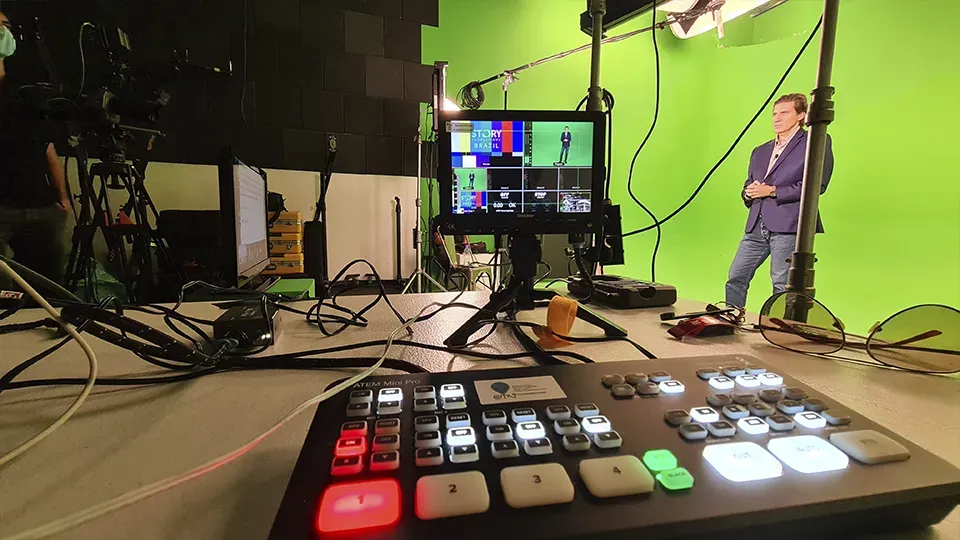
In a nutshell, both live streaming and live transmission involve sending a live video signal via a transmission service to an audience that is connected at the other end, either via a video platform, a social media channel, or their television set. When that transmission service is the internet (cable/DSL/fiber/4G) we call it live streaming, which sends a signal directly from the camera to the internet, with a delay of up to 30 seconds for the viewer.
When we talk about
live transmission, the video signal is sent via satellite which is much faster than the internet. In fact, it’s pretty much instantaneous with only a 1-second delay that is barely noticeable to the viewer. For events such as
sports matches, when immediacy is essential, live transmission is the best solution. This needs an SNG (Satellite News Gathering) truck to send the signal out from the camera (or multiple cameras) via satellite to anywhere in the world.
How does it work?
Story Productions works with both live streaming and live transmission, but for most of our clients, live streaming meets their needs. We provide an English-speaking videographer or an English-speaking camera crew in Brazil, depending on the project, as well as a sound engineer. A Story Productions director might also be on hand to manage multiple camera streams and liaise in real-time with the client. For simpler projects, our camera operator or sound engineer can be the point of contact if, for example, we’re recording an interview.
The video signal is relayed via a high bandwidth internet connection, or 4G signal for outside shoots, to whoever is receiving it on their channel of choice, whether that’s an online audience, or a director following the camera and audio feeds remotely and directing the crew in real-time on the ground.
What can it be used for?
In our past projects, we’ve filmed a corporate video in the Amazon, and our client in Germany was able to follow the shoot via a live stream, we’ve streamed a series of live training sessions from a medical clinic to hundreds of students around the world and we’ve shot corporate interviews with executives in São Paulo for online symposiums, with the interviews conducted live by our clients in Europe.
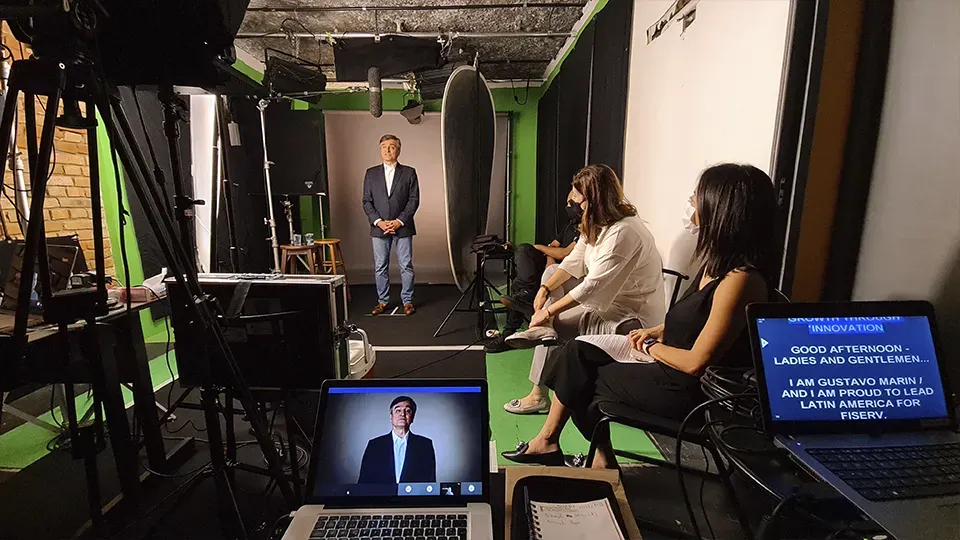
In the past few months, we’ve shot corporate interviews with executives in São Paulo for online symposiums, with the interviews conducted live by our clients in Europe. Concerts, conferences, seminars, training events… The possibilities are as broad as our clients’ needs. Get in touch to tell us about your project and we can find the best solution for you.
Related stories
Share this story:
Get the latest news straight into your inbox!
Contact Us
Read another story
